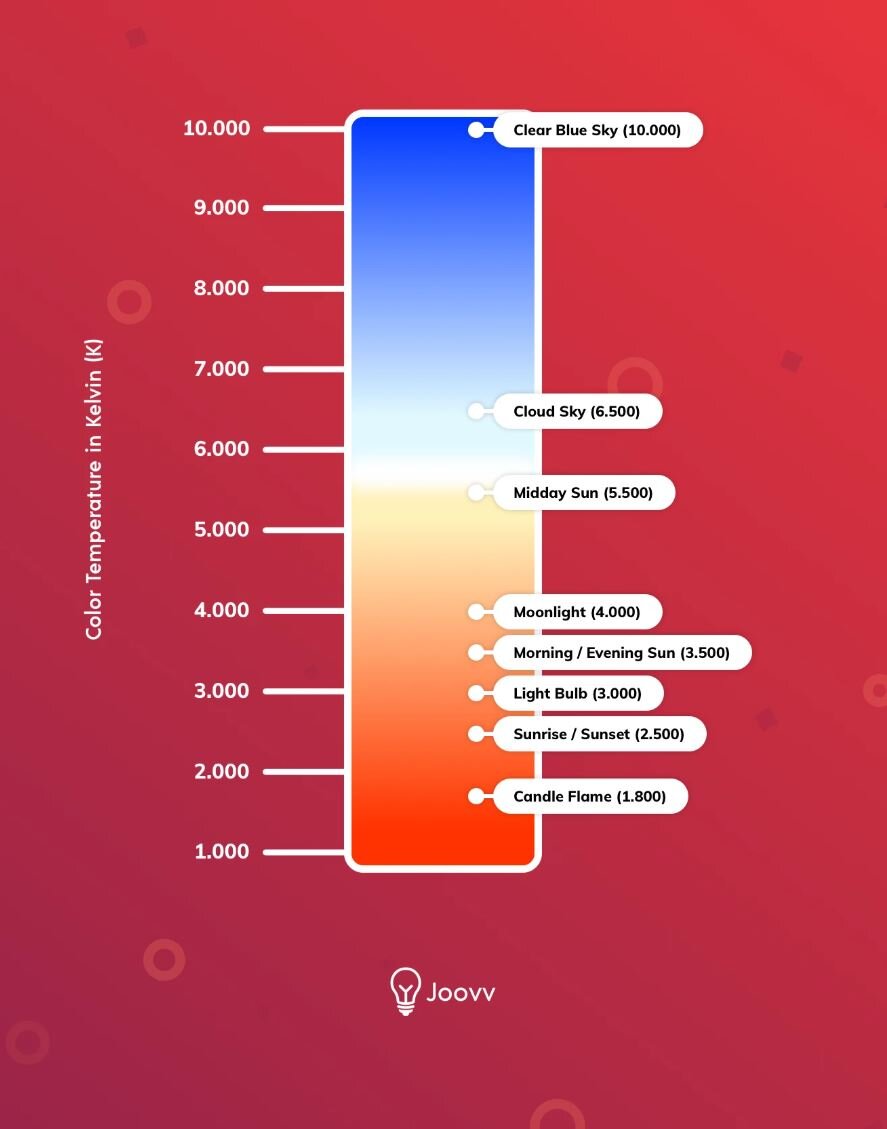Circadian Lighting FAQs
Will light through a window help reset your circadian rhythm?
Yes, natural light is the best way to synchronize your natural circadian rhythm, so if you sit opposite a window all day, it will help. It is, however, best to be outside as windows do block some helpful rays (as well as sunglasses and contact lenses). When you’re outside, light can also access the cells in the eye from different directions and at a greater brightness than light shining through a window.
The eye contains cells that react to these changes in light and sends a signal to an area of the brain called the hypothalamus, which triggers serotonin release (the body’s natural antidepressant) during the day melatonin (a hormone affecting sleep) at night. This non-visual neural pathway creates our circadian rhythm and promotes our mental and physical health, mood, and energy.
Therefore, if you work in an office, any natural light is beneficial; traditional office lighting is not very beneficial for our circadian rhythms. This is why the development of circadian lighting and circadian design was necessary. Designers now take into consideration exposure to natural light as well as using circadian lighting to benefit building occupants to the maximum extent. To understand more about circadian rhythms and circadian lighting, click here.
Do halogen lights disrupt circadian rhythms?
As they provide a broad-spectrum white light, to some extent, a halogen light can disrupt the human circadian rhythm as there will be some light produced in the key blue wavelengths. The extent to which they do so will depend on the type of halogen light, as you can buy fixtures that provide a more or less 'cold' light. A cold light will emit more blue wavelengths and have a greater potential disruptive effect. These are often described as 'daylight' bulbs. Using a 'cool' light in the morning can be beneficial to the circadian cycle rather than disruptive but should be avoided later in the day.
Standard halogen bulbs are naturally, however, quite a warm light (~3000K), so most will only emit a small amount of the blue spectrum and have a low disruptive effect, especially when used in conjunction with other human-centric lighting fixtures.
Do sunglasses block light needed for our circadian rhythms?
Sunglasses can affect the hypothalamus (the area of the brain that triggers the release of serotonin and melatonin) by reducing light exposure to the eyes. Thus, in sunglass wearers, the circadian rhythms may be affected.
However, sunglasses help protect our eyes from harmful rays, and although they may block some helpful rays too, we are unlikely to wear them for long enough to have a truly disruptive effect.
The tint that sunglasses often have can sometimes be a cold blue or a warm orange tint - this could affect our circadian rhythms slightly as the colour of natural light is distorted. Amber ‘blue-blocking lenses are based on 1970’s science (originally developed by NASA). They block blue light during the day and essentially no green light at night. But not all blue light is bad; blue light in the morning is helpful, making us feel awake and alert. Therefore, wearing ‘blue-blocking glasses all the time is not beneficial either.
Warmer tinted sunglasses may be slightly less disruptive to our circadian cycles for these reasons, as a blue/cold tint could be slightly more disruptive if you were to wear them all day and especially later in the day.
Does red light affect the circadian rhythm?
Long-wavelength light in the spectral region above 550 nm (perceived as yellow to red) of sufficiently high intensity and duration can acutely suppress melatonin and cause phase shifts or entrain circadian rhythms primarily through the non-visual neural pathway.
Red light is perfect for evenings because it has a low colour temperature; you can be immersed in red light at night without disrupting your circadian rhythm. If you’re having trouble sleeping and surrounding yourself with unnatural blue light every night, e.g. cold white light bulbs, light from digital devices, etc., that’s likely a big factor.
https://joovv.com/blogs/joovv-blog/how-red-light-helps-you-sleep-better
Does yellow light help sync our circadian rhythm?
Yellow and orange light have little effect on our body clock so you can use a very dim yellow or orange light at night. However, a yellow light all day wouldn’t be beneficial. We could feel very lethargic meaning we are less productive and alert. It is important to have a mixture of colour temperatures, the same as natural light. Looking at the natural light cycle reveals many variations, these can now be mimicked by circadian lighting to help ensure our circadian rhythms are kept in sync. Blue light is very beneficial in the morning to wake us up, make us feel alert, and has even been linked to people making fewer mistakes. It is the overexposure to blue light that begins to cause issues. Therefore, it is a very subtle balance.

